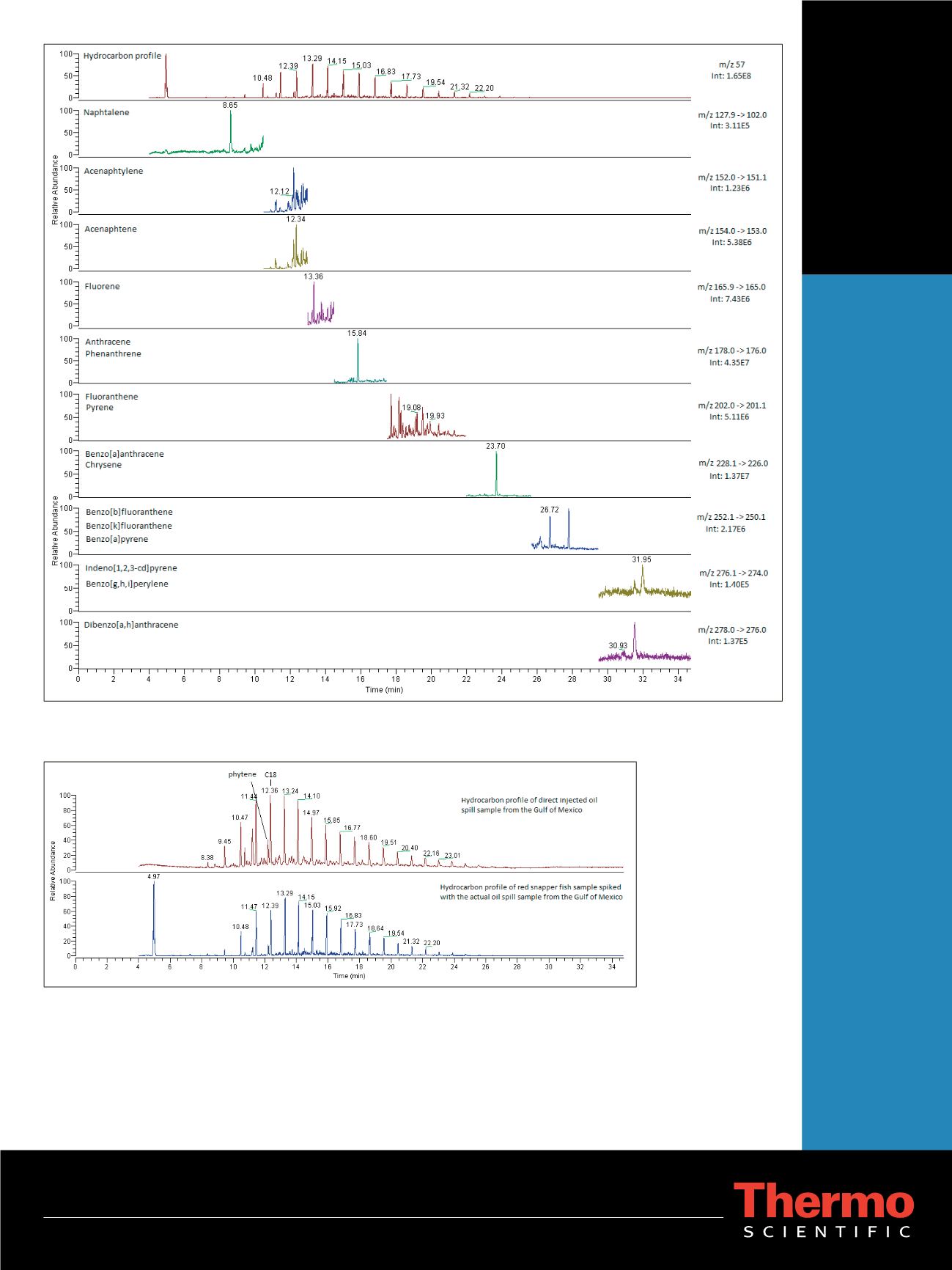
Part of Thermo Fisher Scientific
In addition to these
offices, Thermo Fisher
Scientific maintains
a network of represen-
tative organizations
throughout the world.
Africa-Other
+27 11 570 1840
Australia
+61 3 9757 4300
Austria
+43 1 333 50 34 0
Belgium
+32 53 73 42 41
Canada
+1 800 530 8447
China
+86 10 8419 3588
Denmark
+45 70 23 62 60
Europe-Other
+43 1 333 50 34 0
Finland/Norway/
Sweden
+46 8 556 468 00
France
+33 1 60 92 48 00
Germany
+49 6103 408 1014
India
+91 22 6742 9434
Italy
+39 02 950 591
Japan
+81 45 453 9100
Latin America
+1 561 688 8700
Middle East
+43 1 333 50 34 0
Netherlands
+31 76 579 55 55
New Zealand
+64 9 980 6700
South Africa
+27 11 570 1840
Spain
+34 914 845 965
Switzerland
+41 61 716 77 00
UK
+44 1442 233555
USA
+1 800 532 4752
TG51991_E 07/10M
Legal Notices:
©2010 Thermo Fisher Scientific Inc. All rights reserved. Standard Reference Material is a registered trademark of NIST (National Institute of
Standards and Technology) reporting directly to the US Department of Commerce. Rotavapor is a registered trademark of BÜCHI Labortechnik AG. ULTRA-
TURRAX is a registered trademark of IKA®-Werke GmbH & Co. All other trademarks are the property of Thermo Fisher Scientific Inc. and its subsidiaries.
This information is presented as an example of the capabilities of Thermo Fisher Scientific Inc. products. It is not intended to encourage use of these products in
any manners that might infringe the intellectual property rights of others. Specifications, terms and pricing are subject to change. Not all products are available
in all countries. Please consult your local sales representative for details.
Figure 5: Hydrocarbon profile
at
m/z
57 of actual oil spill
sample taken from the Gulf
of Mexico after direct injec-
tion (top) and after spiking it
at 5 mg/g fish concentration
level into red snapper fish
sample (bottom).
Figure 4: Chromatogram of red snapper fish sample spiked with actual oil spill sample (5 mg/g fish) from the Gulf of Mexico. Retention times indicate PAHs
found in the sample.


